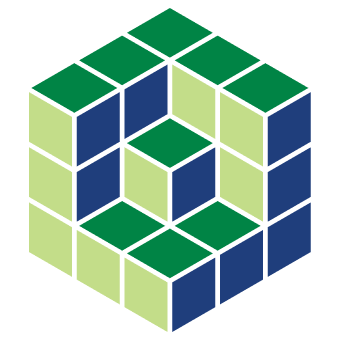About
A little about me: I'm about the biggest Indie fan there is, I almost exclusively watch (John Hughes>>) 80s movies or the upcoming Star Wars series, and I read sci-fi in my spare time. I tutor for the sake of those aha moments, and have taken Multivariable Calc, Linear Algebra, Real Analysis, and Complex Analysis. Who knows what I'll tutor next, hope to see you soon.
Tutor
Aug 2021 - Present
Peer Review Team
Apr 2022 - Sep 2022
Certification Team
Jun 2022 - Dec 2023
Onboarding Buddy Team
Nov 2021 - Nov 2022
Blog Team
Jun 2022 - May 2024
Community Engagement Team
Feb 2024 - Jun 2024
Guatemala
Stats
7415
SP
26
Badges
67
Countries Reached
664
Learners Impacted
464
Sessions Hosted
35,611
Tutoring Minutes
Certifications
Connections
Peer Review Team
Member from Apr 2022 to Sep 2022
Certification Team
Member from Jun 2022 to Dec 2023
Onboarding Buddy Team
Member from Nov 2021 to Nov 2022
Blog Team
Member from Jun 2022 to May 2024
Community Engagement Team
Member from Feb 2024 to Jun 2024
New Kid in Class
Attend 1 session
Explorer
Attend 5 sessions
Voyager
Attend 10 sessions
Blog Articles
Community
Tips for New Tutors
If you are a new tutor, learn about about the tips you can use to successfully host sessions on Schoolhouse.
Jose Roberto Cossich G on September 28, 2022
Community
When it Rains Outside
Read about various movies and shows to watch in your free time, along with community sessions on Schoolhouse.
Jose Roberto Cossich G on September 14, 2022
Community
A Learner’s Guide to Schoolhouse
Tips and tricks for all the students on Schoolhouse!
Jose Roberto Cossich G on July 14, 2022





